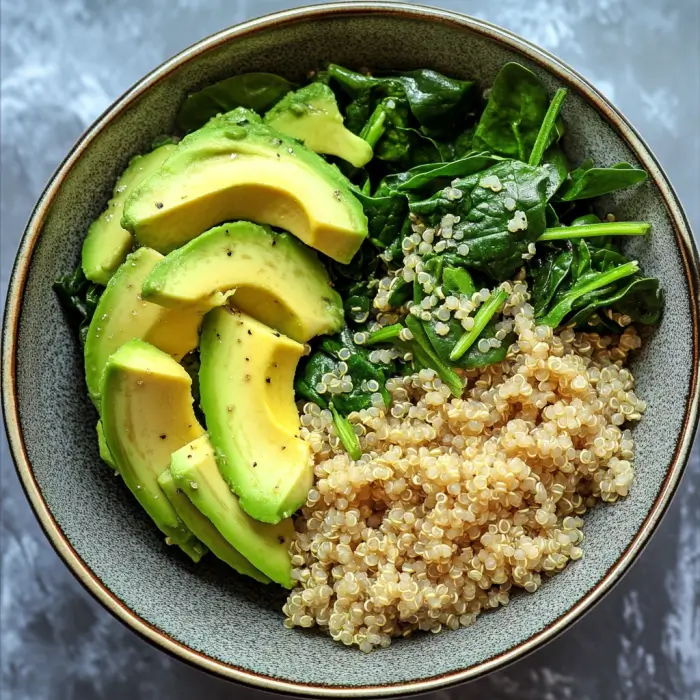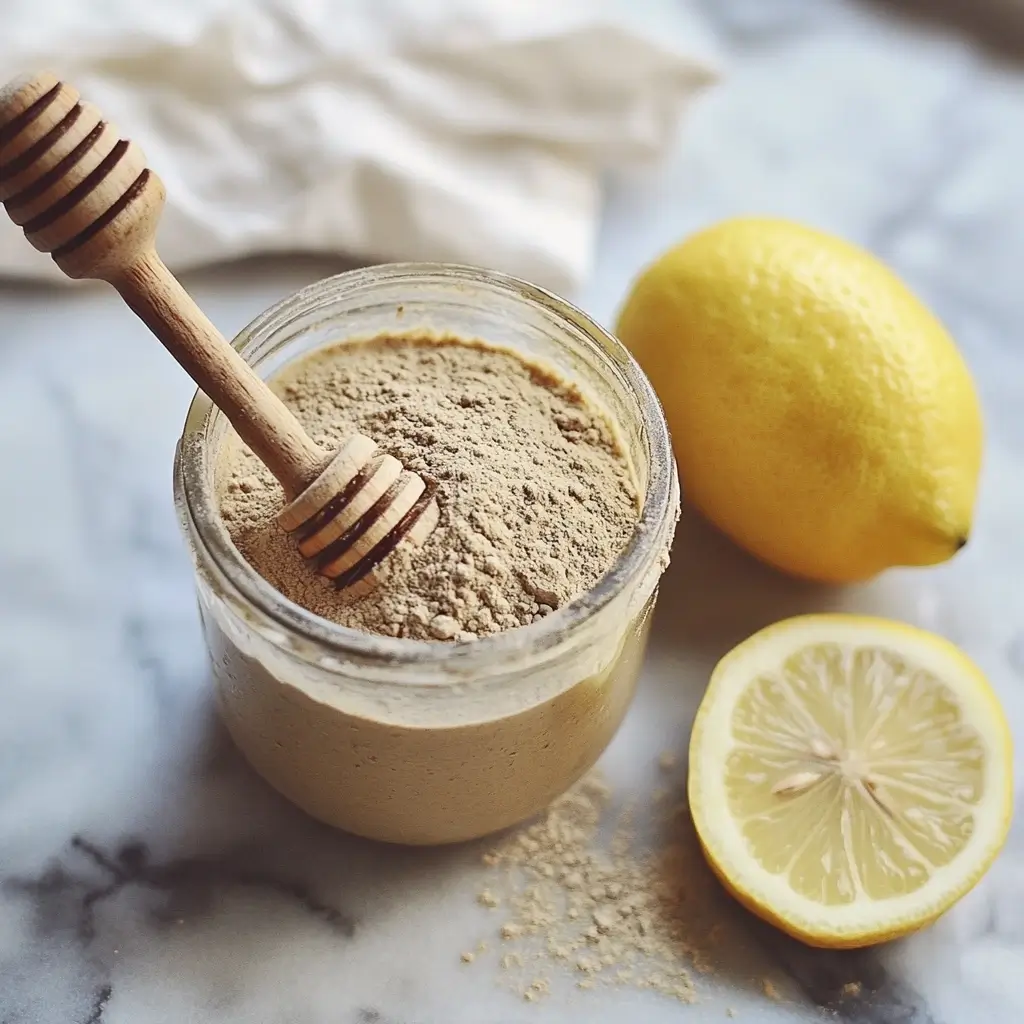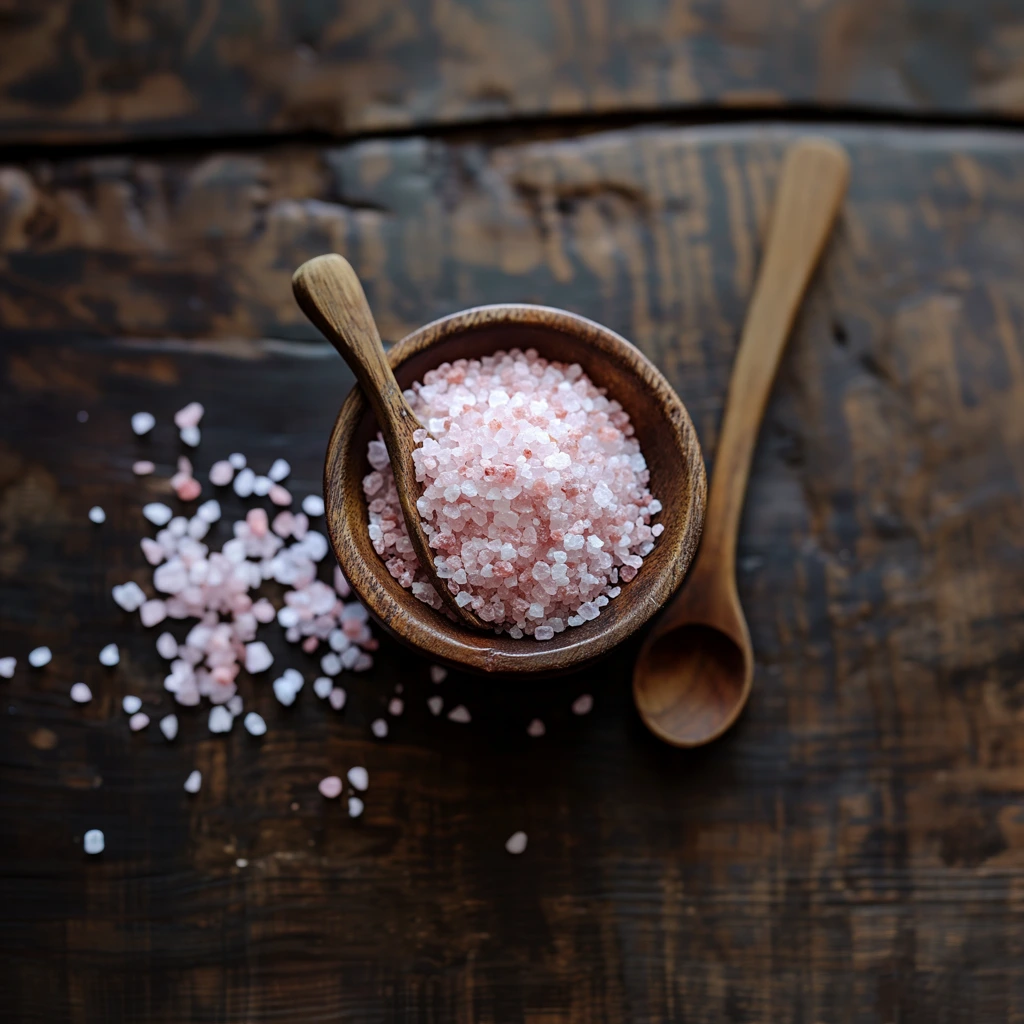
Sunita Williams’ Weight Loss Journey as an Astronaut
Sunita Williams, an American astronaut of Indian descent, is known for her groundbreaking achievements, including spending more than 322 days in space and completing several spacewalks. One aspect of her space journey that’s particularly fascinating is how astronauts like Williams manage their health and weight in the unique environment of outer space. Weight loss in space isn’t about dieting; it’s about countering the effects of microgravity, staying fit, and maintaining muscle mass and bone density. Let’s explore how Sunita Williams approached her fitness and health routine in space, how she managed her weight, and what we can learn from her experience.
1. Understanding Weight Loss and Fitness in Space
The weightlessness of space, or microgravity, means that astronauts’ bodies don’t experience the same gravitational pull as they do on Earth. This can lead to muscle atrophy and bone density loss, as the body no longer has to support its weight. Thus, maintaining muscle mass and strength becomes a priority for astronauts. Sunita Williams had to work diligently to avoid losing muscle and bone mass while in space, which also played a part in managing her weight.
2. Exercise Routine for Astronauts: How Williams Stayed Fit
NASA provides astronauts with specialized workout equipment on the International Space Station (ISS) to help counteract the effects of microgravity. Sunita Williams relied on a structured daily exercise regimen, usually working out for about two hours per day, to stay in top shape. Here’s a breakdown of her fitness routine:
- Treadmill Running: Astronauts use the Treadmill with Vibration Isolation and Stabilization (TVIS), where they are strapped down to simulate the effects of gravity. Sunita used this machine for cardio, which helped maintain her cardiovascular health and support her lower body muscles.
- Resistance Training: Williams used the Advanced Resistive Exercise Device (ARED), a machine designed to mimic weightlifting in space. By simulating resistance similar to weights on Earth, she was able to perform exercises like squats and deadlifts to maintain muscle strength and bone density.
- Cycling: The ISS also has a stationary bike that astronauts use while strapped in to prevent floating away. Cycling gave Williams an additional cardio option to keep her endurance levels high and support heart health.
3. Nutrition in Space: Maintaining a Balanced Diet
In addition to regular exercise, nutrition played a critical role in Sunita Williams’ fitness and weight management. Space food has come a long way from the early days of freeze-dried packets. Today, astronauts have a wide variety of nutritionally balanced meals to choose from, designed to maintain health and counteract the negative effects of space on the human body.
- Caloric Requirements: Since astronauts burn fewer calories in a weightless environment, their caloric needs are typically lower. However, maintaining muscle mass means eating enough protein to support recovery and growth. Williams’ diet likely included high-protein items such as beef, chicken, and soy-based foods.
- Hydration and Electrolytes: Proper hydration is essential, especially in a setting where it’s easy to become dehydrated. Electrolytes are also crucial, as they help maintain muscle function and prevent cramps after exercise.
- Vitamin D and Calcium: Space travelers need extra vitamin D due to the lack of natural sunlight, which aids in calcium absorption. Calcium is vital in preventing bone loss, so astronauts like Williams are often given calcium-rich foods or supplements.
4. Mental Fitness: An Important Aspect of Health in Space
Life in space can be challenging mentally and emotionally, with long periods of isolation, confined spaces, and intense work schedules. For astronauts, mental well-being is crucial in maintaining overall health and avoiding stress-related weight changes. Sunita Williams practiced stress-relief techniques like meditation, communication with loved ones, and recreational activities such as reading and listening to music. By keeping her mental health in check, she supported her physical health and overall wellness in space.
5. Returning to Earth: Rebuilding Strength and Endurance
Upon returning from space, astronauts experience a phenomenon called “reconditioning,” as their muscles and bones adjust back to Earth’s gravity. Sunita Williams, like other astronauts, underwent extensive physical therapy and strength training on Earth to rebuild muscle mass and regain the full strength and endurance lost during her time in space.
Astronauts often experience temporary weight loss upon returning to Earth due to these reconditioning phases, but with the right rehabilitation, they gradually recover their pre-space health levels.
Lessons from Sunita Williams’ Space Fitness Routine
For those on Earth, Williams’ fitness and health approach in space serves as an inspiring example of dedication to health and wellness, even in challenging environments. Here are some takeaways:
- Strength Training is Essential: Resistance exercises help maintain muscle and bone health, even when weight-bearing activity is limited. Incorporating strength training into your routine can improve overall health and aid in weight management.
- Focus on Functional Fitness: Williams’ routine focused on maintaining her body’s functionality, which is a helpful fitness approach for anyone seeking practical strength and endurance.
- Balanced Nutrition Matters: Just like in space, a balanced diet with adequate protein, hydration, and necessary vitamins is vital for achieving and maintaining a healthy weight and overall wellness.
Conclusion
Sunita Williams’ weight management and fitness journey in space highlight the importance of structured exercise, balanced nutrition, and mental well-being. For astronauts, these practices are not just about weight loss—they’re about staying healthy in a unique and challenging environment. As we continue to study human health in space, her example provides valuable insights for fitness, resilience, and adaptability that we can all incorporate into our daily lives.







































